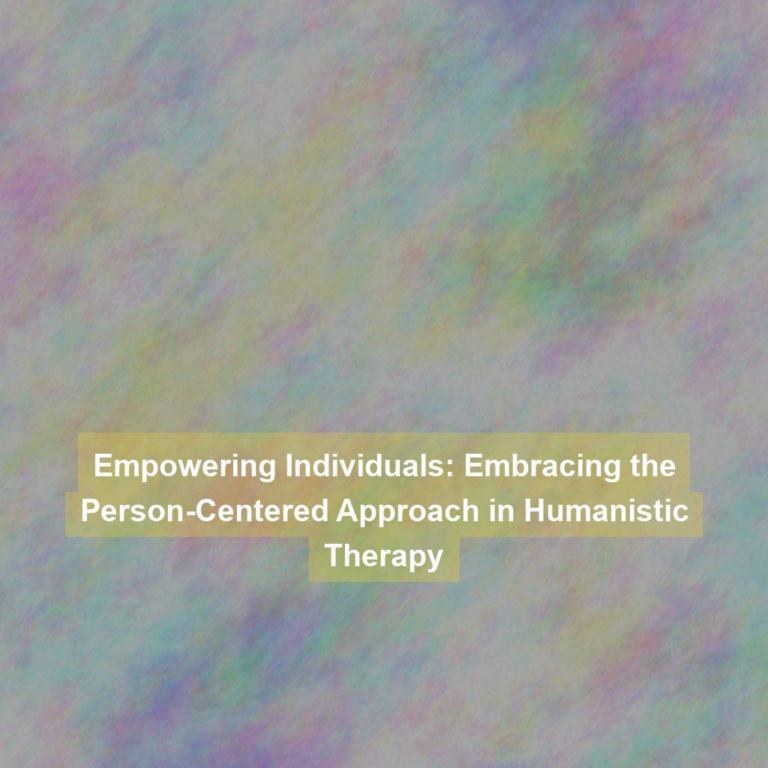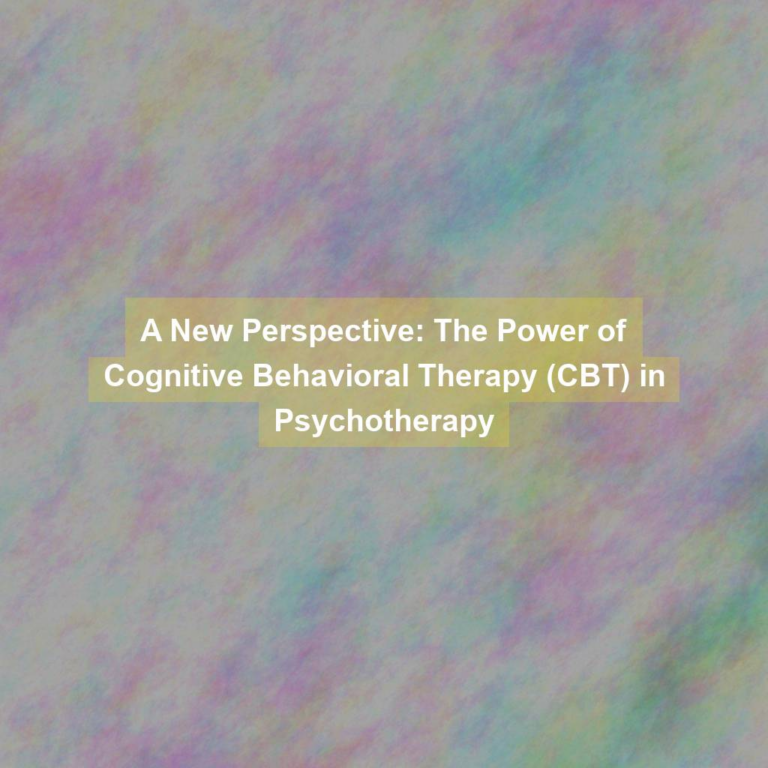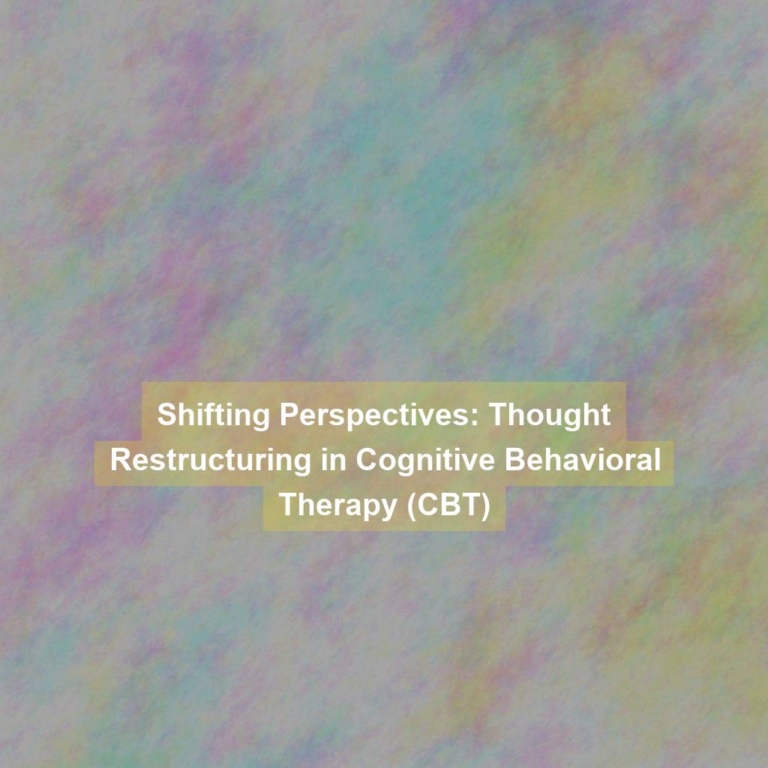Imagine humanistic therapy as a gentle breeze, guiding you through the intricate labyrinth of your emotions and experiences. It’s a therapeutic approach that focuses on your inherent worth and potential for growth, emphasizing empathy, authenticity, and the importance of acknowledging your unique individuality.
As you navigate the complexities of the human experience, humanistic therapy offers a profound opportunity for self-exploration and personal development. But what exactly sets this approach apart from others, and how can it benefit you in your own journey towards healing and self-discovery?
Origins of Humanistic Therapy
The origins of humanistic therapy can be traced back to the mid-20th century, when it emerged as a response to the perceived limitations of traditional psychoanalysis and behaviorism. Humanistic therapy, also known as humanistic psychology, was developed by psychologists who believed that traditional psychoanalytic and behavioral approaches didn’t adequately address the whole person. Instead, they focused on pathology or specific behaviors, neglecting the individual’s subjective experiences, personal growth, and potential for self-actualization.
Humanistic therapy emphasizes the importance of the client’s unique experiences, feelings, and self-perception. It encourages self-exploration, self-awareness, and personal responsibility, aiming to help individuals achieve a sense of fulfillment and purpose in life. This approach was a groundbreaking shift in the field of psychology, as it placed the individual at the center of the therapeutic process, empowering them to actively participate in their own growth and healing.
Key figures in the development of humanistic therapy include Carl Rogers, Abraham Maslow, and Rollo May, who played pivotal roles in shaping its foundational principles. Their work laid the groundwork for a more empathetic, client-centered approach to therapy that continues to influence the practice of psychotherapy today.
Core Principles of Humanistic Therapy
Emphasizing personal growth and self-awareness, humanistic therapy encourages individuals to explore their inner experiences and take responsibility for their own well-being. The core principles of humanistic therapy revolve around the belief in the inherent goodness and potential for growth within each person.
This approach emphasizes the importance of the here and now, focusing on the present moment and the client’s subjective experience. It also values the concept of self-actualization, the process of becoming the best version of oneself.
Humanistic therapy prioritizes the development of a genuine and empathetic therapeutic relationship, where the therapist provides a non-judgmental and supportive environment for the client to explore their thoughts and feelings. Furthermore, the principle of personal agency is central to humanistic therapy, as it empowers individuals to make choices that align with their values and beliefs.
This approach also emphasizes holistic health, recognizing the interconnectedness of mind, body, and spirit in promoting overall well-being. By embracing these core principles, humanistic therapy aims to facilitate personal growth, self-discovery, and a deeper understanding of oneself.
Key Techniques in Humanistic Therapy
To effectively implement humanistic therapy, therapists utilize key techniques that prioritize the client’s self-exploration and personal growth. One of the central techniques is active listening, where the therapist gives their full attention to the client, demonstrating empathy and understanding. This creates a safe space for the client to openly express their thoughts and feelings without fear of judgment.
Encouraging self-exploration through open-ended questions is another essential technique. By asking thought-provoking questions, therapists support clients in delving into their inner thoughts, emotions, and experiences, fostering a deeper understanding of themselves.
Reflective techniques involve mirroring the client’s expressions, emotions, and experiences, allowing them to gain insight into their own feelings and behaviors. Additionally, therapists employ unconditional positive regard, showing genuine acceptance and support for the client, regardless of their thoughts and actions. This fosters an environment where clients feel valued and empowered to embrace their true selves.
These key techniques in humanistic therapy work in harmony to facilitate the client’s self-exploration, personal growth, and the realization of their full potential.
Humanistic Therapy in Practice
Incorporate humanistic therapy techniques into your practice by actively listening, asking open-ended questions, and reflecting the client’s experiences to foster self-exploration and personal growth.
Actively listening means being fully present, giving your complete attention to the client, and demonstrating empathy and understanding. By doing so, you create a safe and supportive environment for the client to explore their thoughts and emotions.
Asking open-ended questions encourages the client to delve deeper into their experiences and emotions, allowing for more profound self-reflection. Through open-ended questions, you can guide the client in uncovering their own insights and understanding.
Reflecting the client’s experiences involves mirroring their emotions and thoughts, showing that you understand and validating their feelings. This process can help clients gain clarity and a deeper understanding of themselves.
These techniques, when integrated into your practice, can facilitate a client-centered approach that empowers individuals to find their own solutions and make positive changes in their lives.
Benefits of Humanistic Therapy
As you integrate humanistic therapy techniques into your practice, you’ll find that the benefits extend beyond fostering self-exploration and personal growth for your clients. One of the key advantages of humanistic therapy is its emphasis on the holistic well-being of individuals. By focusing on the whole person, including their emotions, thoughts, behaviors, and relationships, humanistic therapy can lead to more comprehensive and enduring positive changes in your clients’ lives.
Moreover, humanistic therapy places a strong emphasis on the therapeutic relationship. This approach encourages open communication, empathy, and understanding between you and your clients, creating a safe and supportive environment for them to explore their innermost thoughts and feelings. As a result, clients often experience improved self-esteem, a greater sense of self-acceptance, and enhanced interpersonal skills.
Additionally, humanistic therapy promotes personal empowerment and autonomy. Through the encouragement of self-responsibility and the exploration of personal values and beliefs, clients can develop a stronger sense of agency and control over their lives. This empowerment can lead to increased resilience, improved decision-making skills, and a greater ability to cope with life’s challenges. By incorporating humanistic therapy into your practice, you can help your clients cultivate not only self-awareness and personal growth but also a deeper sense of fulfillment and well-being.
Conclusion
In conclusion, humanistic therapy emphasizes empathy, acceptance, and the belief in an individual’s capacity for self-growth.
It fosters a collaborative and non-judgmental therapeutic relationship, allowing clients to explore their experiences and emotions in a safe and supportive environment.
By embracing the essence of humanity, humanistic therapy encourages personal development and self-actualization, ultimately leading to greater well-being and a deeper understanding of oneself.







